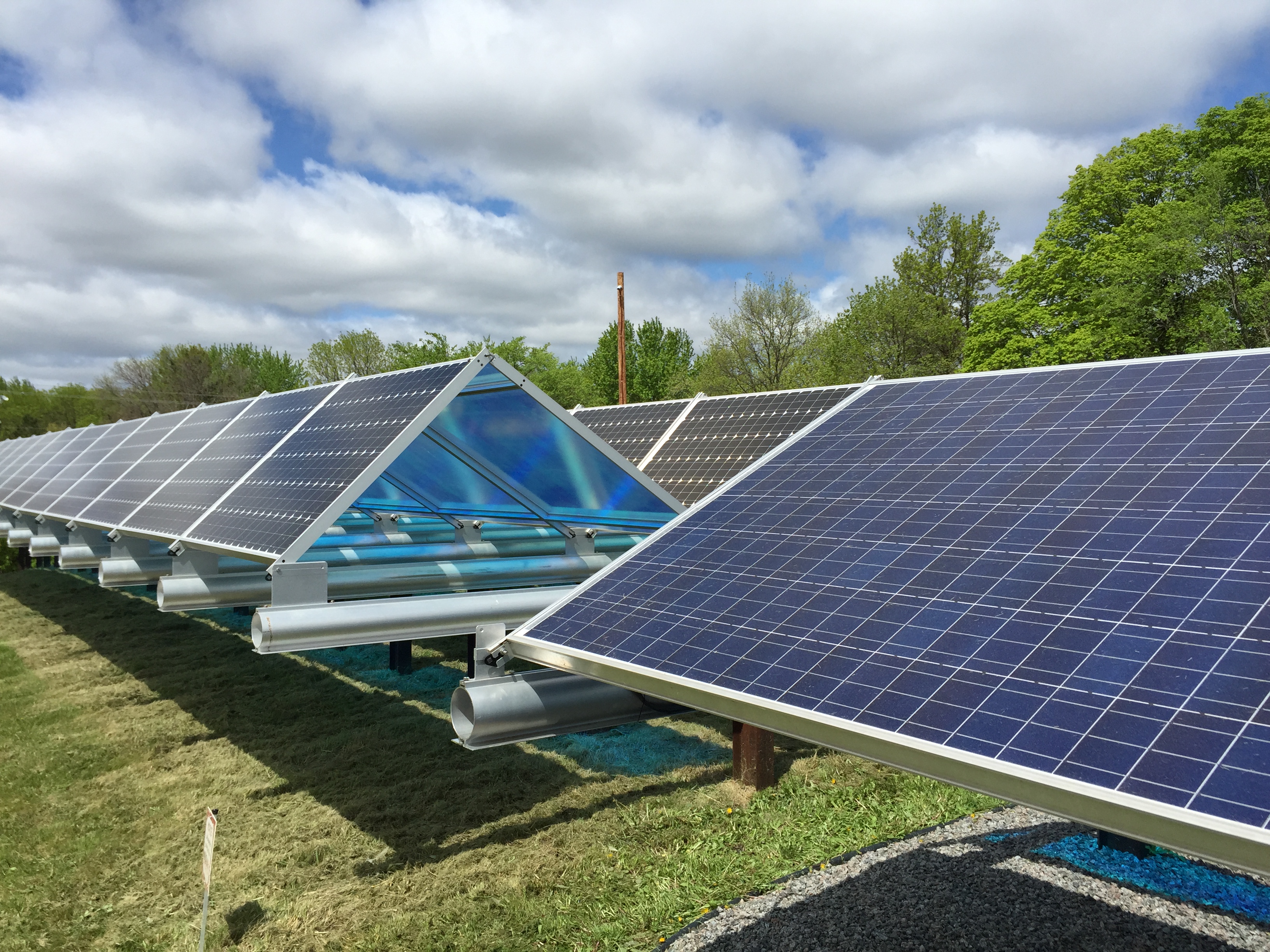
Looking for community solar? Your best bet is in electric cooperative territory.
“In terms of the number of community solar programs, cooperative utilities have been trailblazers,” states a new report from the Smart Electric Power Alliance (SEPA).
The report finds 160 co-ops have a program, though NRECA puts the number at nearly 200.
“This far exceeds the total in investor-owned utilities (31 programs) and public power utilities (37 programs) combined,” SEPA noted.
Wright-Hennepin Cooperative Electric Association in Rockford, Minnesota, is among the co-ops offering community solar, and CEO Tim Sullivan said it’s a big hit.
“We have almost 400 kilowatts of community solar in four different arrays and our members love it. They don’t need to accommodate solar panels on their roof, worry about risk to home resale, or find a trustworthy contractor for maintenance,” Sullivan told Electric.coop.
“In fact, community solar is tailor-made for the cooperative model: It allows members to pool their needs to deliver a valuable service at a lower cost than they could do alone.”
It was a banner year for community solar in 2017. SEPA found there’s now 734 megawatts of installed capacity, with more than half of that—about 387 MW—installed last year. That’s a jump of 112 percent.
“For a comparison, the total solar market in the U.S. has grown at an average annual rate of 68 percent over the last 10 years,” according to the report issued May 1.
But it also noted there’s a long way to go.
“Customers in nearly 90 percent of utility service territories do not have the opportunity to subscribe to a program. Additionally, 33 states have not yet enacted a shared solar policy—and of the 17 states with an existing policy, many are considering ways to broaden their existing programs,” the report said.
SEPA also pointed to a 2016 report that found a potential community solar market of 6.5 million U.S. households. As the new report noted, “At this point, less than 300,000 have subscriptions. For the potential to be realized, much greater availability of programs is needed.”
NRECA’s Community Solar Playbook is available to co-ops considering community solar projects.
Michael W. Kahn is a staff writer at NRECA.